Just last week, I purchased a yoga mat after seeing a sponsored post on Instagram from fitness influencer Cassey Ho.
Ho commands a large following on YouTube thanks to her bubbly personality and Pilates prowess. Ultimately, her endorsement was enough for me to click "Buy."
But could this influencer magic work with a non-human influencer? In 2023, computer-generated influencers might argue, "Yes."
Here, we'll discuss whether virtual influencers are the future of marketing, and list the top 15 virtual influencers of 2023. Let's dive in.
Tables of Contents
Are Virtual Influencers The Future of Marketing?
The Top 15 Virtual Influencers
What Virtual Influencers Can Offer — and What's Missing
Let's take a look at this post from Miquela Sousa (@lilmiquela), a virtual influencer with over 2.7 million followers on Instagram:
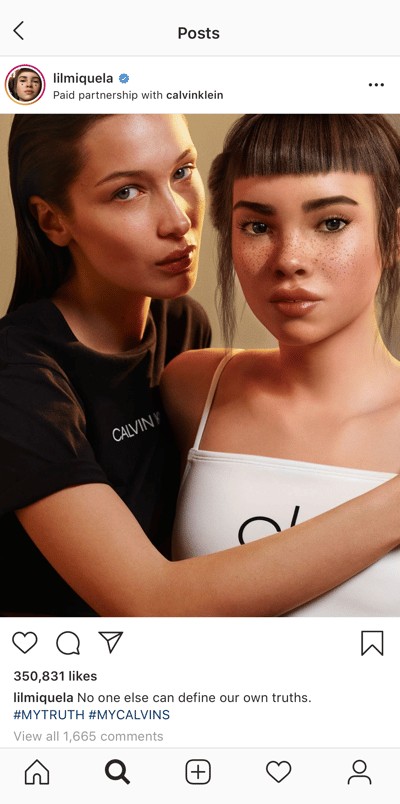
By all accounts, the post looks real. Miquela, a 19-year-old Brazilian-American model, influencer, and singer, is posting a #sponsored post for Calvin Klein and posing with fellow model Bella Hadid.
But Miquela is a computer-generated character, introduced by Los Angeles company Brud in 2016. Each month, almost 260,000 people listen to her music on Spotify. Miquela works with major brands ranging from Prada to Samsung, and she's even given interviews at Coachella.
All of which raises the question — why should companies pay real human influencers to promote their products, when they can create their own personal influencer from scratch?
Are Virtual Influencers The Future of Marketing?
Before we consider the pros and cons of virtual influencers, let's explore some examples.
First, as previously mentioned, there's Lil Miquela. When you scan through her Instagram posts, you quickly realize her captions make her sound like a regular teenager.
In fact, in the following post, she even sounds like she has real emotions, writing, "[One of angel boi's friends] blew up at me at lunch and stormed out as I ugly cried in front of about 50 strangers… and now he won't respond to any of my texts":
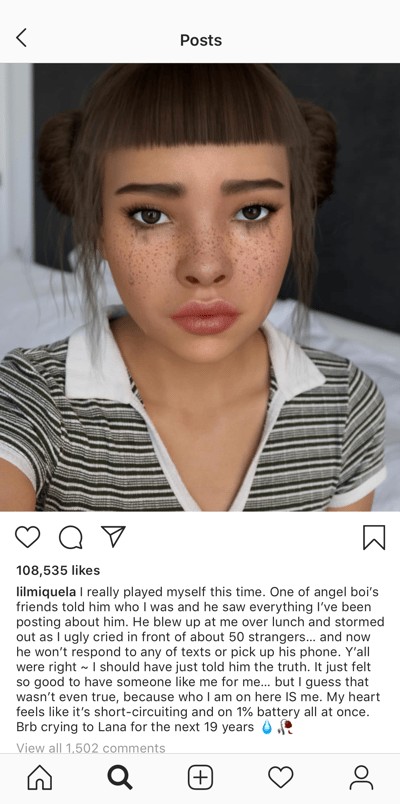
While her caption is fake, her followers' comments are real — many of Lil Miquela's followers respond with empathy or shared experiences, like one comment that read, "This same thing happened to me once, you'll get through it."
Besides Lil Miquela, there are other "virtual humans" out there.
For instance, Xinhua News, a Chinese media outlet, unveiled an AI news presenter in 2018 who can work 24 hours a day without breaks, reducing news production costs. A year later, they unveiled a female AI news anchor known as Xin Xiaomeng.

In another example, Balmain, a fashion label, commissioned photographer Cameron-James Wilson to create a diverse "virtual army" of models for Olivier Rousteing's 2018 collection:
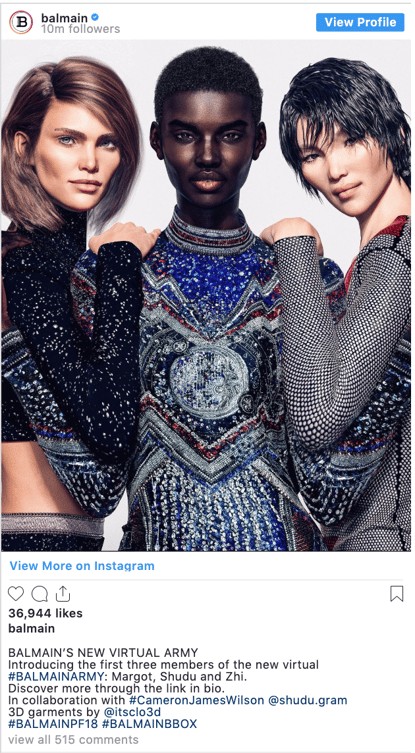
The campaign was met with mixed reviews — one follower wrote, "This is disgusting! I do not understand why they think these models are attractive," and another commented, "As if Photoshop wasn't enough, what's wrong with this world?! #realpeople #realmodels please."
And, last but certainly not least, there's KFC's Colonel Sanders, mocking the very trend of virtual influencers while taking part in it:

Let's take a closer look at the top 15 virtual influencers of 2023.
1. Lil Miquela
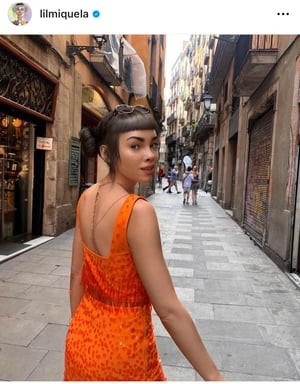
With almost 3 million followers on Instagram, there's no surprise why Lil Miquela tops the list. The 19-year-old model, influencer, and singer has worked with some of the biggest fashion brands, including Prada, Calvin Klein, and Samsung. Miquela was introduced by Los Angeles company Brud in 2016.
2. Imma
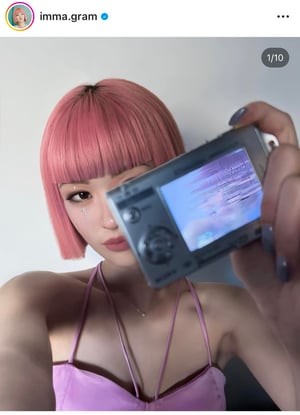
Imma is a virtual influencer from Tokyo, commanding an audience of almost 400K on Instagram. Rocking bubble gum pink hair, she posts lifestyle and fashion-related content and has landed collaborations with Puma, Valentino, and Dior, to name a few.
She made her first appearance in July 2018 and is produced by Aww Inc.
3. Barbie
You might be thinking – finally, a name I recognize on this list! Alas, Barbie needs no introduction, especially in 2023. She's come a long way since her inception in 1959. These days, you can catch her on YouTube entertaining more than 11 million subscribers.
4. Lu of Magazine Luiza
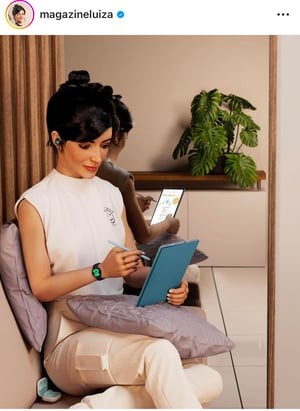
Lu is a popular Brazilian influencer with a staggering 6.5 million Instagram followers. She's a spokesperson for Magazine Luiza, a Brazilian retail conglomerate. She uses her social media to post product unboxings and reviews on behalf of the company, and made her first appearance on YouTube in August 2009.
5. Apoki
Apoki is a South Korean singer and entertainer. According to her YouTube channel, her songs are created by multi-platinum, award-winning producers, and the music videos are solely produced by cutting-edge technology. Currently, she has 4.5 million followers on TikTok since debuting in 2019.
6. Nobody Sausage
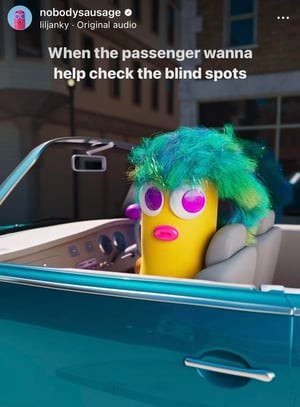
Nobody Sausage is a bit of a wildcard. As his name suggests, he's an animated sausage who performs dances and skits in colorful outfits. While this sounds silly enough, Nobody Sausage puts up some serious numbers, like 267 million "likes" on TikTok and 7.4 million followers on Instagram.
7. Good Advice Cupcake
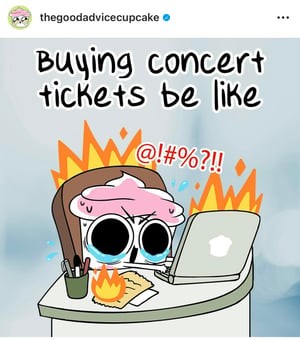
Continuing with the food theme, we have Good Advice Cupcake. This cutesy cartoon character sweetens her fans' day by offering advice, posting relatable scenarios (like the one above), and sharing uplifting messages.
Good Advice Cupcake was created by Buzzfeed and first appeared in January 2018. Since then, it has amassed 2.5 million followers on Instagram.
8. Shudu

Shudu is the self-proclaimed "First Digital Supermodel," according to her Instagram with over 240K followers. Her photos exude luxury, high fashion, and style. Unsurprisingly, she's collaborated with prestige brands like BMW and Louis Vuitton. Shudu was created in April 2017 by The Diigital.
9. CodeMiko
CodeMiko is a popular South Korean-American Twitch streamer and Youtuber. She also has a healthy presence on Instagram with over 120K followers. CodeMiko is revolutionizing the streaming experience — in fact, the Financial Times reported that her content may signal "the next frontier of digital entertainment."
10. Kyra
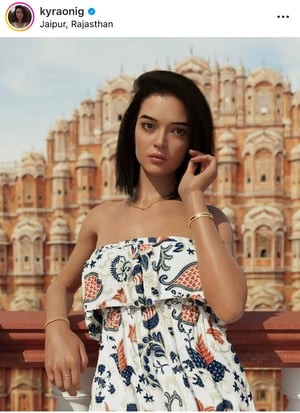
Kyra is India's first virtual influencer. She entered the scene almost two years ago, in January 2022. Since then, she has generated over 240K followers on Instagram. She was featured on the digital cover of Travel and Leisure, India, and has secured a number of brand collaborations, including Amazon Prime Video.
11 & 12. Guggimon and Janky
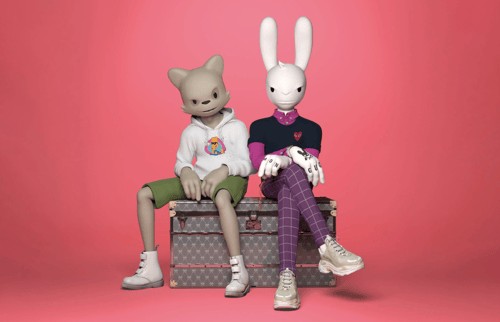
Guggimon is a crazy, boisterous rabbit with over 2 million followers on TikTok. Janky, a lovable but incompetent cat, is his best friend. The duos' off-the-wall antics often go viral on social media. Both are mascots for the brand Superplastic, which creates designer toys that sell out within minutes.
If you haven't heard of this duo before, that might soon change. Amazon Studios is currently in early development for "The Janky & Guggimon Show." You can also play as the character Guggimon in Fortnite.
13. Any Malu
Any Malu is a Brazilian influencer with over 3.6 million subscribers on YouTube and over 1 million followers across Instagram and TikTok. If that isn't impressive enough, she has her own Cartoon Network show. Any made her first appearance in August 2015.
14. Ion Gottlich
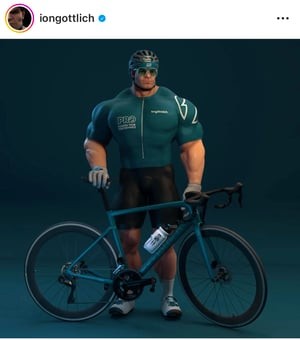
We've seen many fashion influencers on this list, now prepare for our first health and fitness pro — Ion Gottlich.
He's an influencer and renowned cyclist. In fact, the German cycling team Bora–Hansgrohe lists him as a team member. He certainly has a physical presence — and a funny, boisterous personality to match. He currently has over 70K followers on Instagram.
15. K/DA
K/DA is a K-pop girl group from LA consisting of four members: Ahri, Akali, Evelynn and Kai'Sa. The group was developed in 2018 by Riot Games, the company behind League of Legends.
The music video for their debut single "Pop/Stars" went viral on YouTube, garnering 567 million views as of October 2023. They released another single, "More," in October 2020, which became the first virtual band song to simultaneously debut on the Billboard Global 200 and Billboard Global U.S chart.
What Virtual Influencers Can Offer — and What's Missing
There are some undeniable benefits to creating or hiring a virtual influencer.
For one, a virtual influencer isn't human, meaning he or she won't need breaks. If you're trying to work around-the-clock publishing and promoting content to raise brand awareness, it makes sense that you'd consider using a virtual influencer, who can post and promote content without sacrificing human needs like… well, eating or sleeping.
Additionally, your virtual influencer isn't as much of a PR liability as a real influencer. For instance, Debra Davis, founder of NKLS — a company that researches, advises on, and invests in virtual and augmented reality — told WWD, "With a virtual influencer, so much more thought has to be put into the message. It's not just someone with a Twitter stream. It's more carefully constructed and thought through, and therefore can be controlled."
Real influencers and celebrities make mistakes that could influence the public's perception of your brand. With a virtual influencer, you don't risk associating your brand with any negative press.
On top of that, it might cost less to hire a virtual influencer compared to a celebrity or supermodel.
However, if your brand is considering hiring micro-influencers, you'll more likely find a real micro-influencer for cheaper.
It's also worth noting that much of what we see on Instagram is edited, filtered, and posed — so, really, is a real person's highly filtered version of "real life" much different from virtual reality, anyway?
Lastly, a virtual influencer is incredibly rare and unusual, so it draws immediate attention to your brand. If your brand is trying to reach Gen Z or a younger audience, a virtual influencer might be something that appeals to your intended demographic.
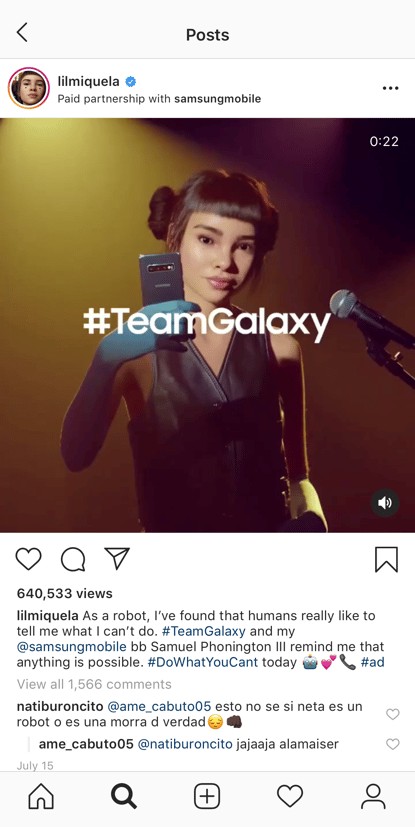
On the flip side, there's still something uniquely powerful and engaging about real influencers connecting with their audience through social platforms. Virtual influencers like Lil Miquela can pretend they have human emotions, but that can just as easily backfire if her audience doesn't trust the emotion behind it.
Ultimately, influencer marketing is about engaging in authentic, meaningful connections. How is an audience ever supposed to trust a promoted post when there isn't a real human advocating for it?
Additionally, influencer marketing is often most successful when it's seen as real and genuine. For instance, direct-to-consumer beauty brand Glossier has become insanely successful due, in large part, to its authentic marketing strategy.
As Emily Weiss, founder and CEO, said during a live interview with Kara Swisher for the Recode Decode podcast, "At Glossier, something we've always stayed very true to, since pre-launch, day one, is that every single person is an influencer."
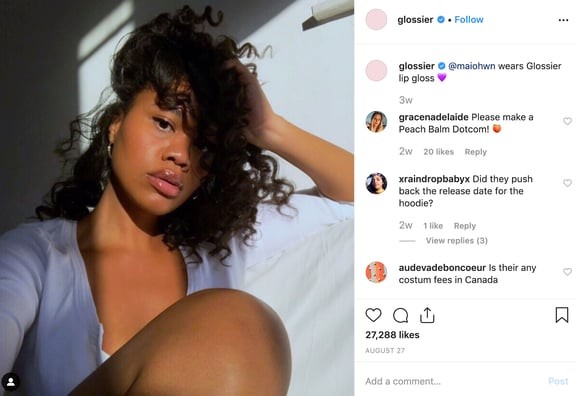
You'll notice Glossier adheres to this strategy on its Instagram page, which exhibits real women using Glossier products.
Back to You
At the end of the day, there's something to be said for brands that find real people to promote their products or services to other real people. Sure, there's risk involved — but that risk is the same component that enables audiences to trust, listen to, and connect with those influencers in the first place.

